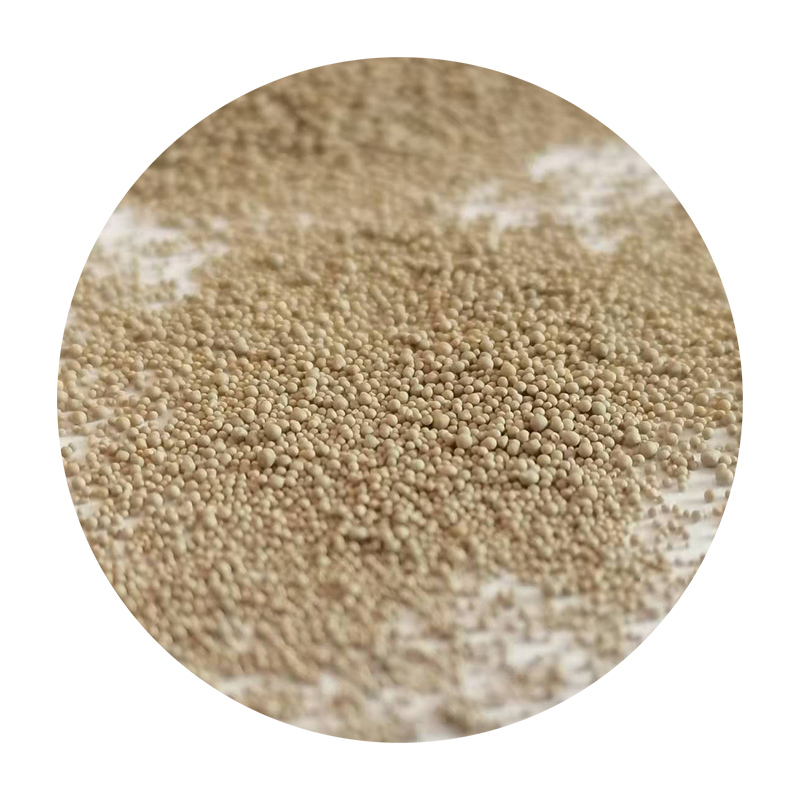Sintering Sand An Overview of Its Application in Manufacturing and Construction
Sintering sand, a granular material predominantly made up of silica, plays a crucial role in various industrial applications, particularly in manufacturing and construction. This versatile substance aids the creation of molds in processes like sand casting and is instrumental in producing ceramic materials, among other uses. Understanding the properties and applications of sintering sand can provide insight into its significance in modern industry.
The sintering process involves heating the sand to a temperature that allows the particles to bond together without melting completely. This is a critical mechanism that enhances the structural integrity of final products. Sintered materials exhibit improved strength, durability, and resistance to thermal and mechanical stress, making them ideal for various high-performance applications.
In the realm of metal casting, sintering sand is often utilized to create molds for shaping metals. The sand is typically mixed with a binding agent, allowing it to maintain its shape when formed. The resulting molds can withstand the pouring of molten metal, resulting in precision-cast components used in numerous industries, from automotive to aerospace. The ease of mold creation and the cost-effectiveness of sand make it a favored choice among manufacturers.
Moreover, the choice of sand is pivotal in the casting process. Different types of sand, such as zircon sand, chromite sand, and olivine sand, are selected based on their unique thermal and chemical properties, which influence the outcome of the casting. These variations can affect aspects like surface finish, casting tolerance, and the durability of the final product. Thus, the meticulous selection and preparation of sintering sand are essential to achieving high-quality castings.
sintering sand

Beyond metal casting, sintering sand finds applications in the ceramics industry. The use of silica sand in the production of ceramics, including porcelain and stoneware, allows for the creation of aesthetically pleasing and practical items such as tiles, dishes, and sanitary ware. The sintering process applied to ceramics enhances their mechanical strength, thermal shock resistance, and overall lifespan.
In construction, sintering sand is also employed in the production of concrete and mortar. It serves as an aggregate material that contributes to the stability and strength of building structures. Advances in technology have enabled the development of high-performance concrete, where sintering sand is integrated to optimize the material's properties, promoting sustainable construction practices.
While the benefits of sintering sand are evident in industrial applications, it is essential to address environmental impacts associated with its extraction and use. The mining of silica sand can lead to habitat destruction and air quality issues. Therefore, sustainable practices, including responsible sourcing and recycling, are becoming increasingly vital in the sand industry. The development of synthetic or alternative materials that can replace natural sand is also being explored to mitigate environmental concerns.
In conclusion, sintering sand is a valuable material with wide-ranging applications across multiple industries, including manufacturing, ceramics, and construction. Its unique properties, derived from the sintering process, make it indispensable for creating durable and high-quality products. As industries evolve and strive for sustainability, the role of sintering sand will continue to be significant, necessitating innovations in its usage and sourcing practices. Understanding these dynamics will be crucial for future advancements in technology and manufacturing processes.
Post time:डिस . 25, 2024 14:16
Next:Techniques and Benefits of Sand Casting for Iron Production in Manufacturing Processes
